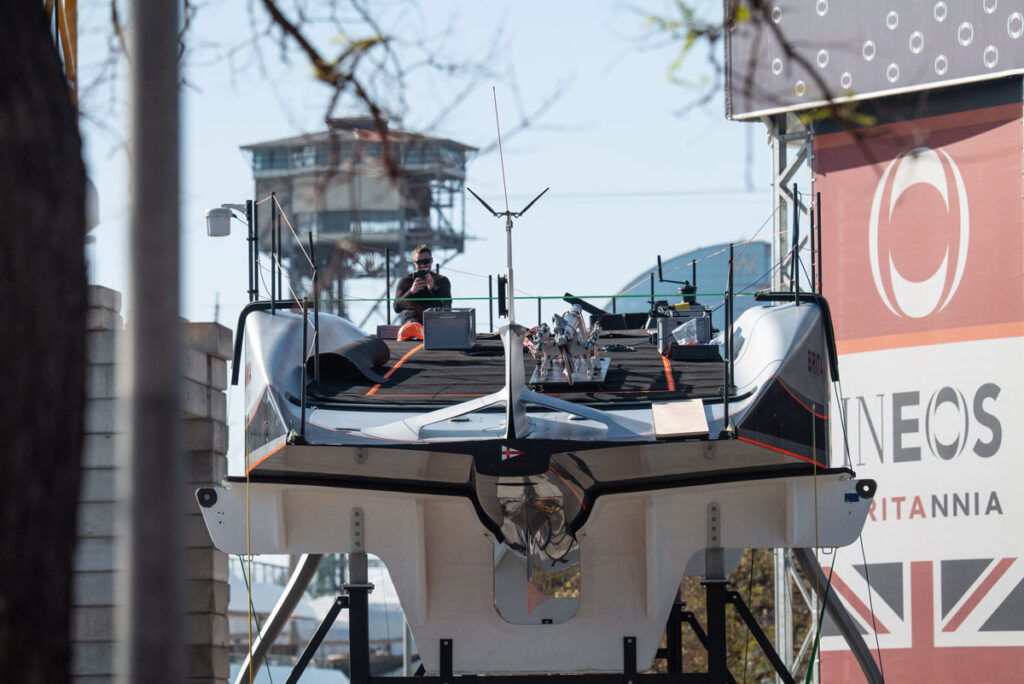
INEOS Britannia’s Hot New AC75 Ready to Launch
INEOS Britannia’s AC75 is out in the open, adding to the intrigue in this month of new-boat launches ahead of the 37th America’s Cup.

INEOS Britannia’s AC75 is out in the open, adding to the intrigue in this month of new-boat launches ahead of the 37th America’s Cup.
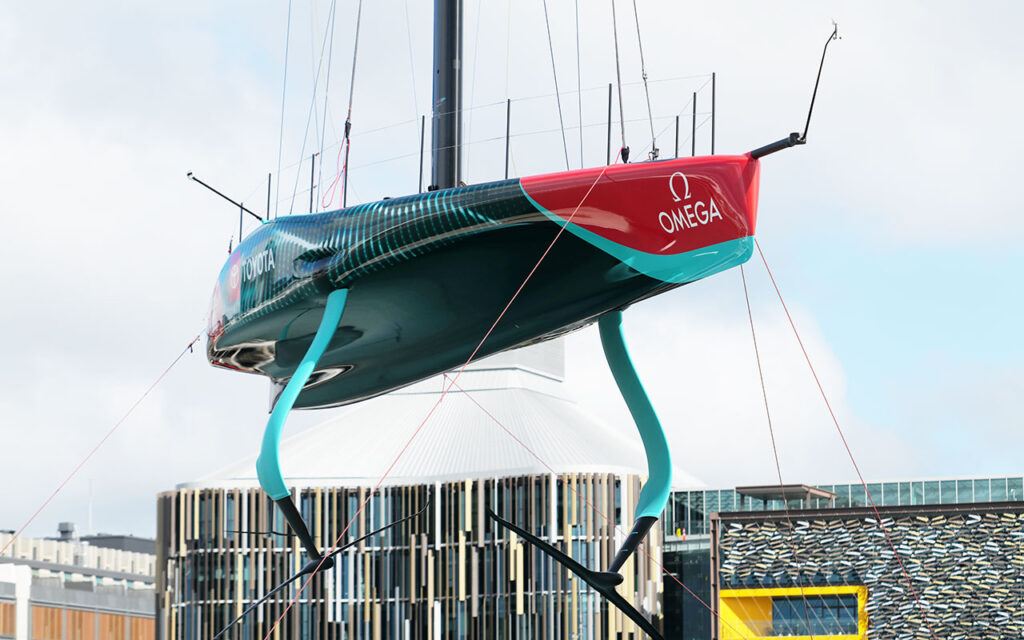
Emirates Team New Zealand launched the AC75 with which it will defend the America’s Cup in October. Hours later, it was flying.
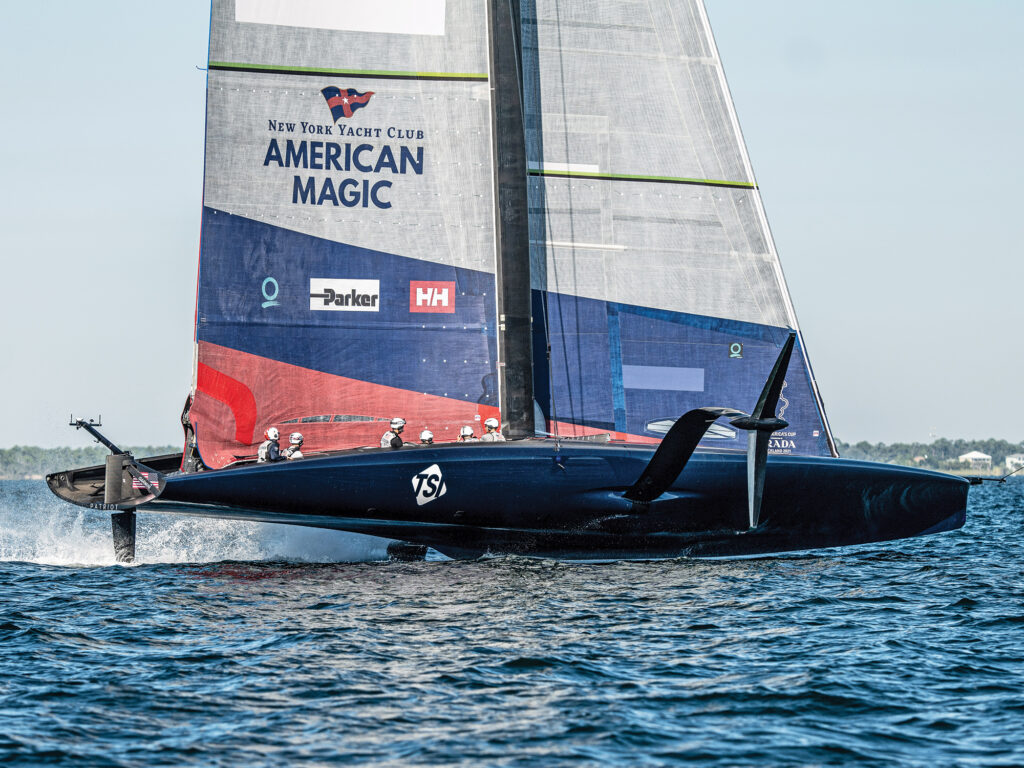
The complex mainsail systems of the second-generation AC75s tackle the challenge of power versus drag.

The AC75s of the America’s Cup are power-hungry beasts. The human input required for sustained foiling and maneuvers on demand is a critical piece of the design puzzle.
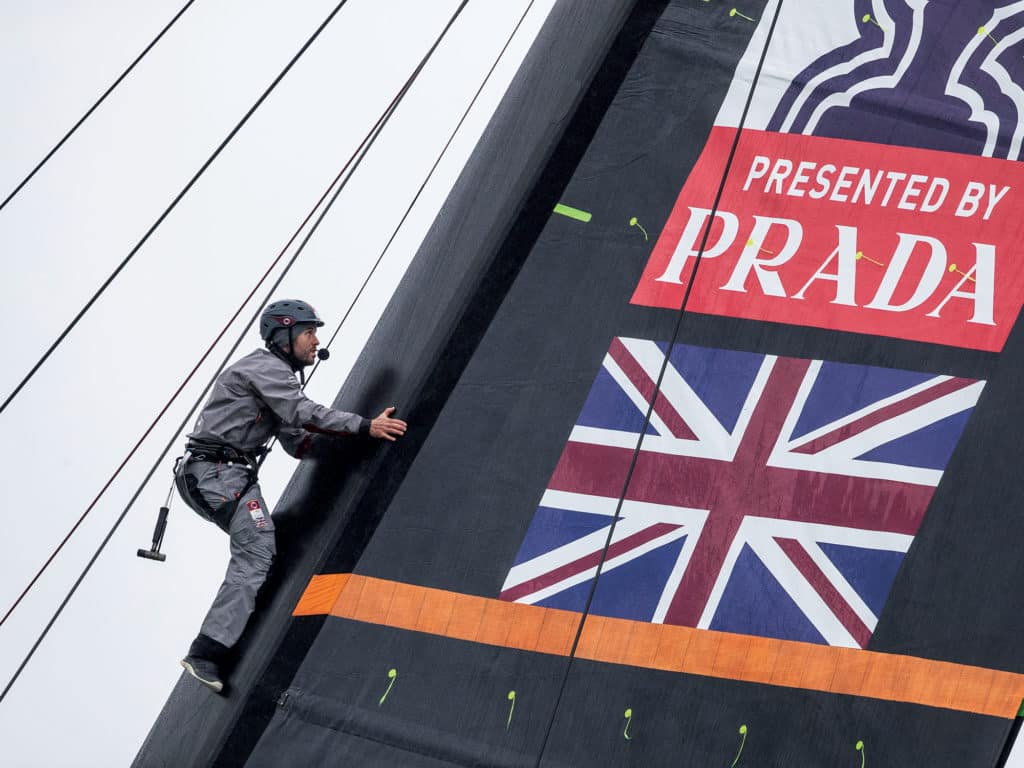
Between the skins of the AC75 mainsail lies the secrets to powering the latest generation America’s Cup yachts.
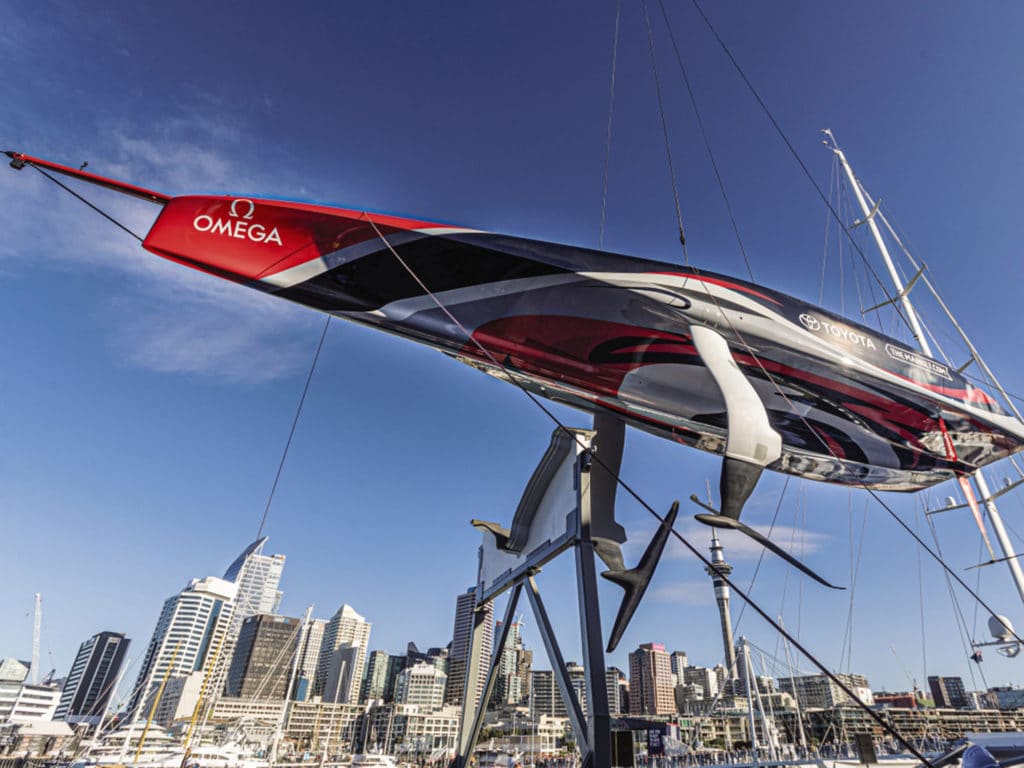
The hull and appendages of the America’s Cup 75-foot foiler are the big tools to make these machines fly.
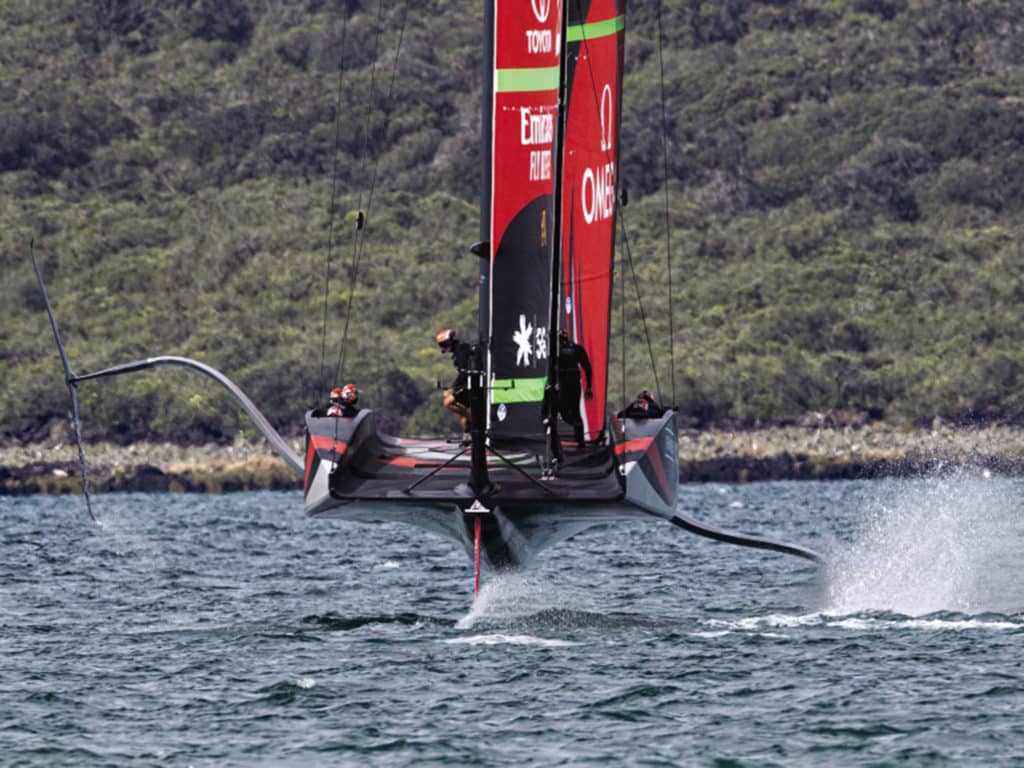
Sails provide power, foils the lift, which makes the hull the third critical leg of the AC75.
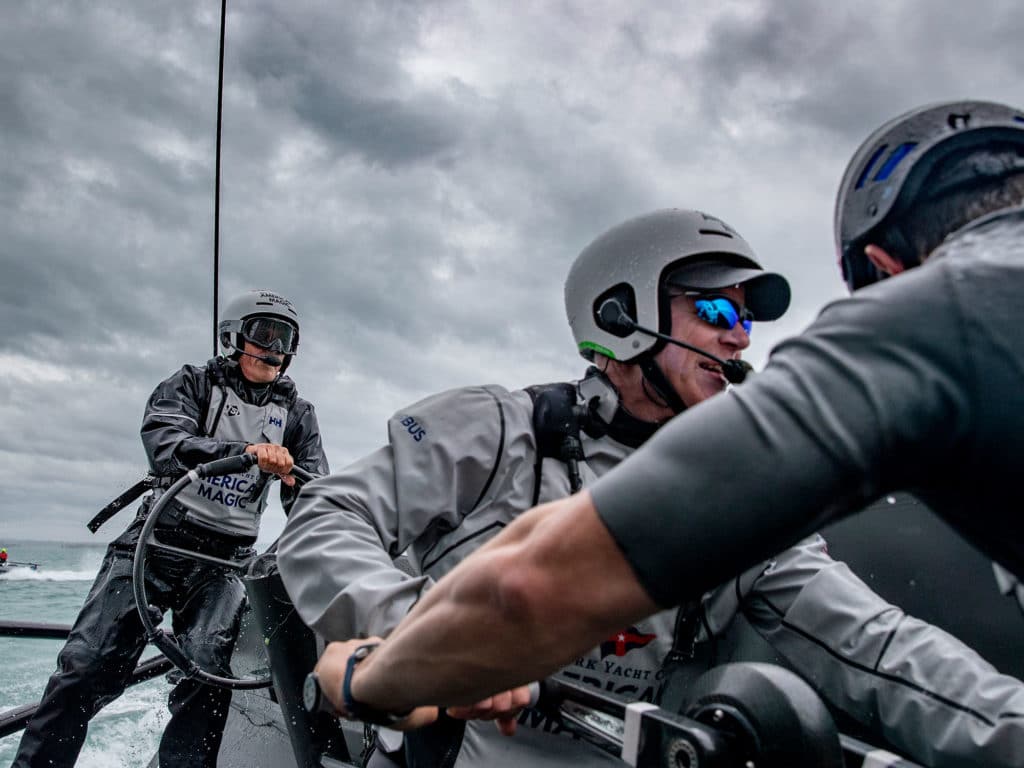
A productive few months in Auckland finds the American Magic America’s on schedule as it shelves its first AC75 and prepares to launch its real Cup challenge yacht.
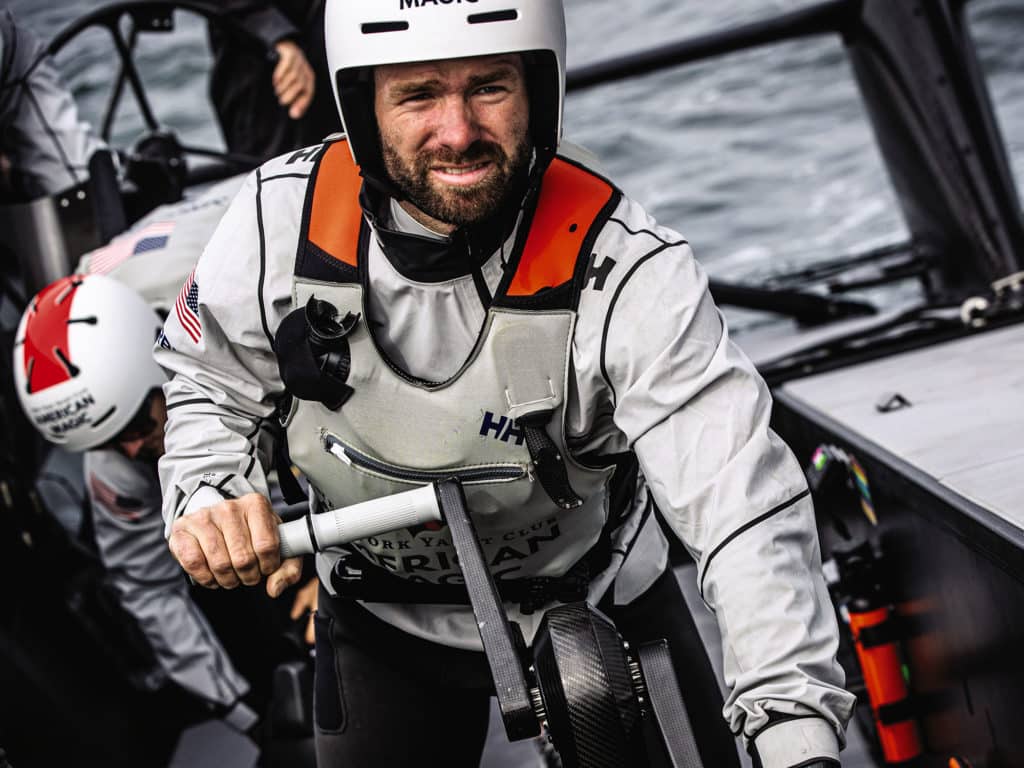
American Magic headsail trimmer Dan Morris explains the experience of trimming the headsail on the AC75.
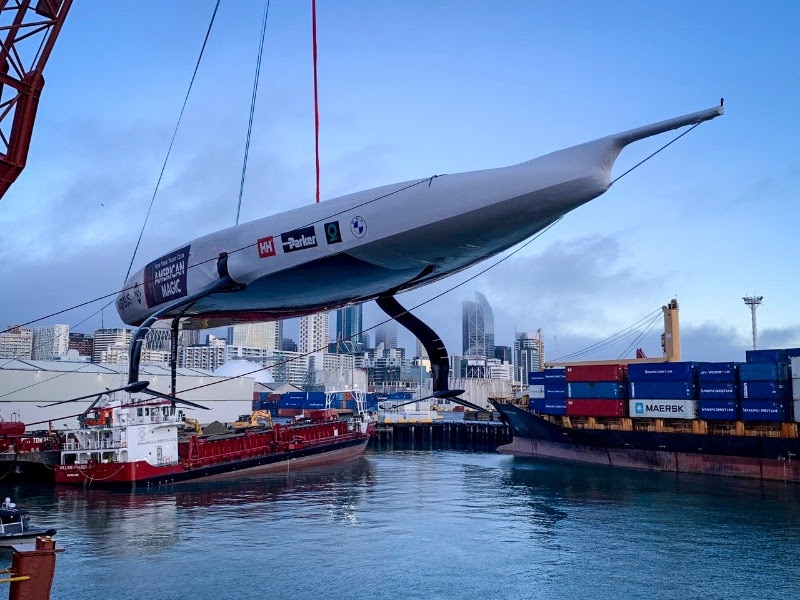
Defiant, the first AC75 racing yacht built for New York Yacht Club American Magic, Challenger for the 36th America’s Cup, has arrived in New Zealand. The AC75 was shipped through the Gulf of Mexico, transited the Panama Canal and then crossed the Pacific after departing from the team’s winter base in Pensacola, Florida on May 28.
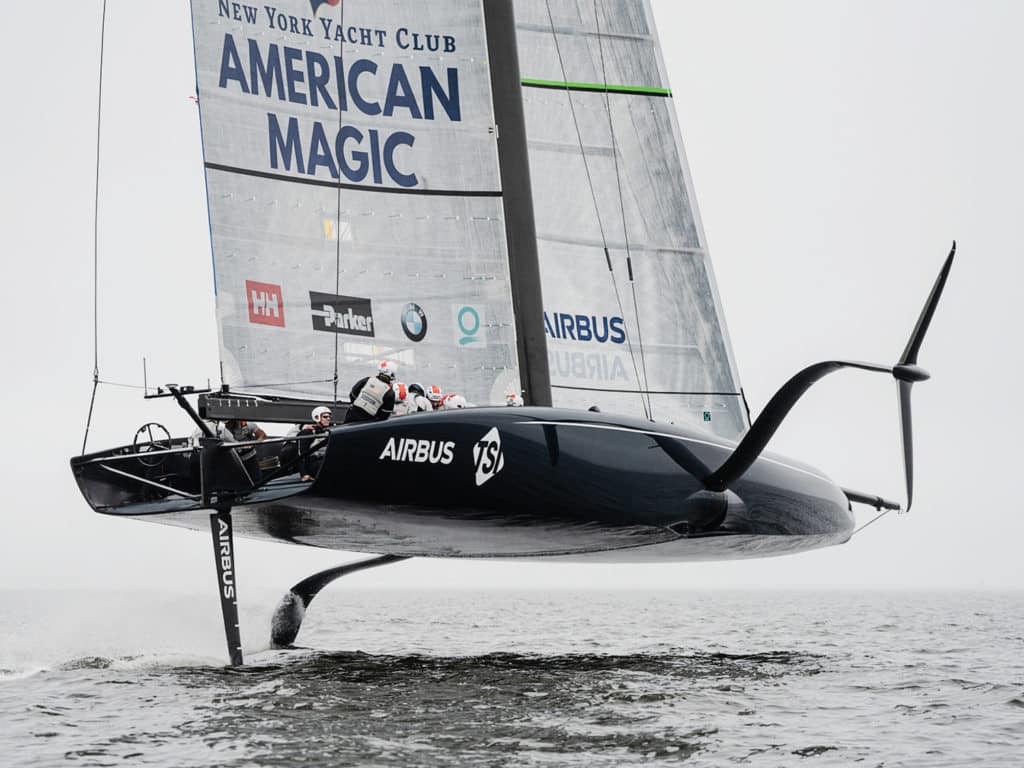
Much of the magic of a big foiling monohull is in the precision controls and elaborate systems required for takeoff and flight. Here’s a guide to what’s happening under the hood of American Magic’s AC75.
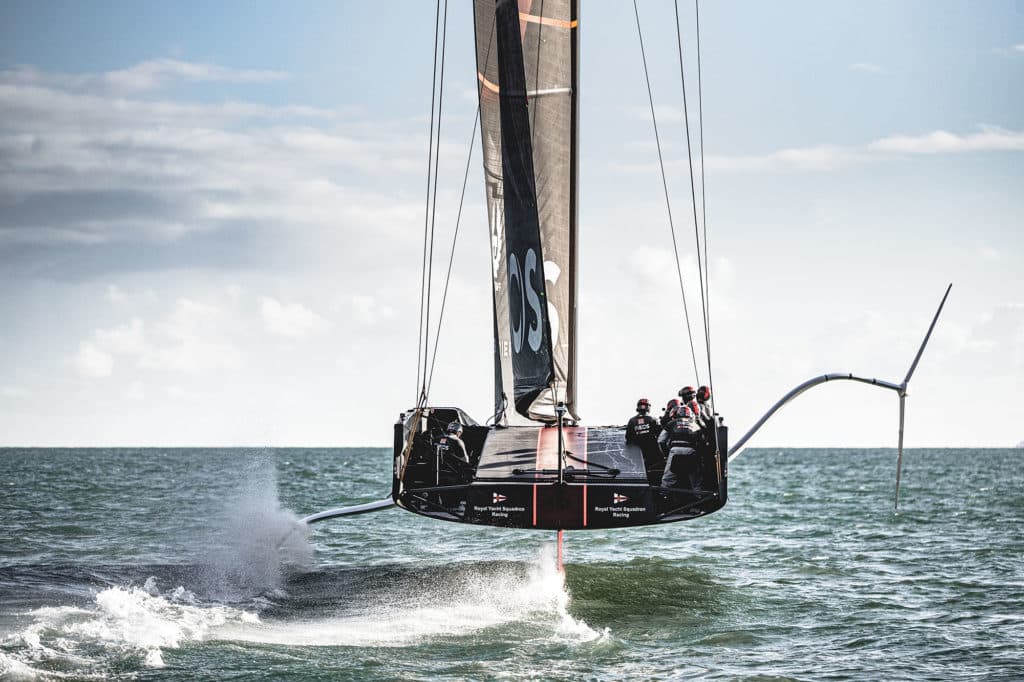
Naval architect Scott Ferguson examines the first-generation AC75 designs.

INEOS Britannia’s AC75 is out in the open, adding to the intrigue in this month of new-boat launches ahead of the 37th America’s Cup.

Emirates Team New Zealand launched the AC75 with which it will defend the America’s Cup in October. Hours later, it was flying.

The complex mainsail systems of the second-generation AC75s tackle the challenge of power versus drag.

The AC75s of the America’s Cup are power-hungry beasts. The human input required for sustained foiling and maneuvers on demand is a critical piece of the design puzzle.

Between the skins of the AC75 mainsail lies the secrets to powering the latest generation America’s Cup yachts.

The hull and appendages of the America’s Cup 75-foot foiler are the big tools to make these machines fly.

Sails provide power, foils the lift, which makes the hull the third critical leg of the AC75.

A productive few months in Auckland finds the American Magic America’s on schedule as it shelves its first AC75 and prepares to launch its real Cup challenge yacht.

American Magic headsail trimmer Dan Morris explains the experience of trimming the headsail on the AC75.

Defiant, the first AC75 racing yacht built for New York Yacht Club American Magic, Challenger for the 36th America’s Cup, has arrived in New Zealand. The AC75 was shipped through the Gulf of Mexico, transited the Panama Canal and then crossed the Pacific after departing from the team’s winter base in Pensacola, Florida on May 28.

Much of the magic of a big foiling monohull is in the precision controls and elaborate systems required for takeoff and flight. Here’s a guide to what’s happening under the hood of American Magic’s AC75.

Naval architect Scott Ferguson examines the first-generation AC75 designs.
Sign up for Sailing World emails to receive features on travel destinations, event listings and product reviews as well as special offers on behalf of Sailing World’s partners.
By signing up you agree to receive communications from Sailing World and select partners in accordance with our Privacy Policy. You may opt out of email messages/withdraw consent at any time.